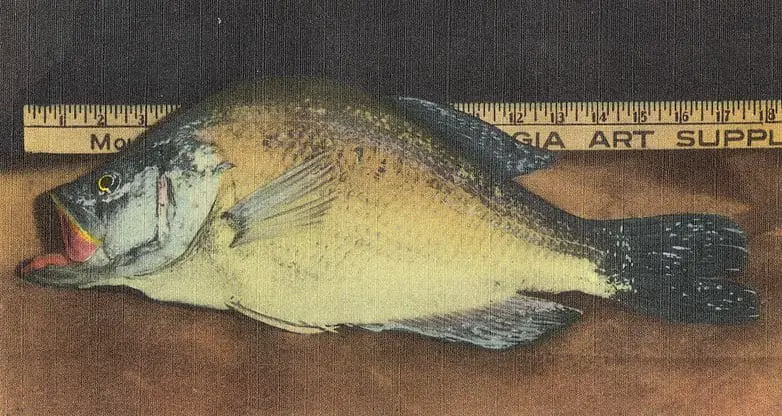
The crappie fish is a freshwater type of fish that is known to be predominantly famous in North America. This type of fish has two specifications, in which have been discovered so far, i.e. the black crappie and the white crappie.
They are known to predominately feed on smaller fish species which include the young ones of their own predators e.g. the northern pike among many others. In addition, they are also known to enjoy zooplankton, crustaceans, and insects which make their diet quite diverse.
Crappie Growth Rate
When it comes to the growth rate of the crappie fish, it is normally known to be influenced by the availability of forage relative to the abundance of crappie fish within a region.
Growth affects the age and the size structure of a population and affects the sizes of the fish that are available for harvest by anglers. In a desirable population, fish are anticipated to first reach a minimum harvestable size within a reasonable period.
In general, there is the need for there to be a good supply of food for the crappie fish as it will only grow to the length that is reasonable for harvesting at a faster rate as long as there is good growing food around it.
A good crappie population is expected to have a growth rate of between 201mm and 275mm after a period of two years or even more. This is because, when the crappie is above 225mm, it is able to easily start adding weight at a much faster rate and this then is able to increase its value for the fisherman who will end up selling it.
The high growth rates of the crappie fish are normally associated with there being lower optimal densities and age structure. Nevertheless, it is expected that there would be higher growth rates in the event that the density is high since there would be an adequate forage base for the crappie.
Poor growth; less than or equal to 200mm, then this may easily be attributed to other trophic levels, not including the forage fishes. This is because a crappie fish that is below 150mm is believed to feed mainly on plankton and aquatic invertebrates.
Nevertheless, the growth rate of the crappie fish is known to influence the value assigned to the density rating. Density is actually rated higher given that there is a good growth of the crappie fish. Hence, the better the growth of the crappie fish the better the value of its density increases.
In addition, the growth rate of the crappie fish is known to indirectly influence the age structure by determining at which age the crappie that is growing is ready for angler harvest.
The value of Recruitment is also influenced by the growth rate of the crappie fish. This is because recruitment is normally rated higher given that it has been accompanied by good growth since the density is not often a limiting factor.
In conclusion, the growth rate of the crappie fish is influenced by various factors that need to be taken into consideration before harvesting of the fish is done.